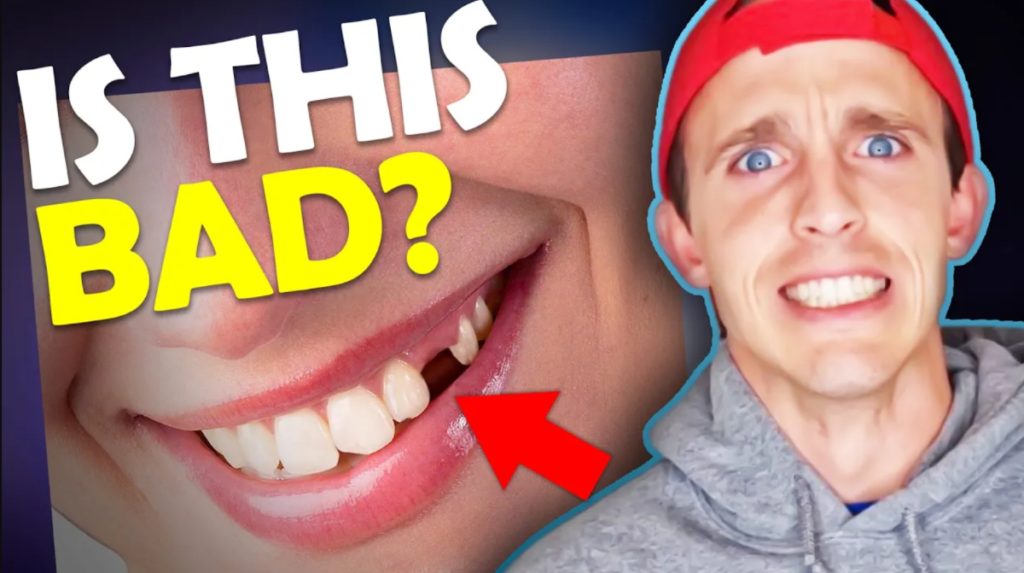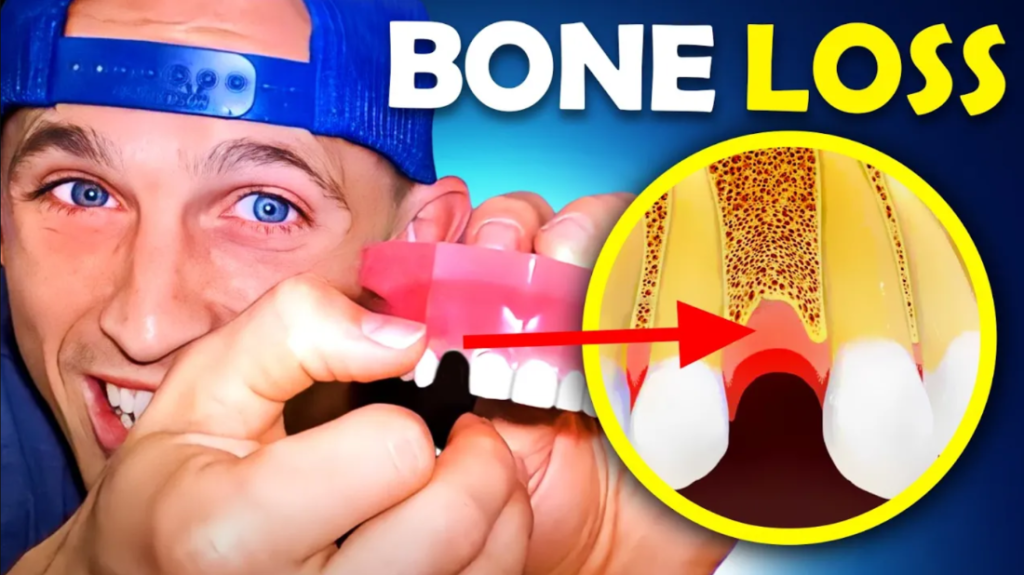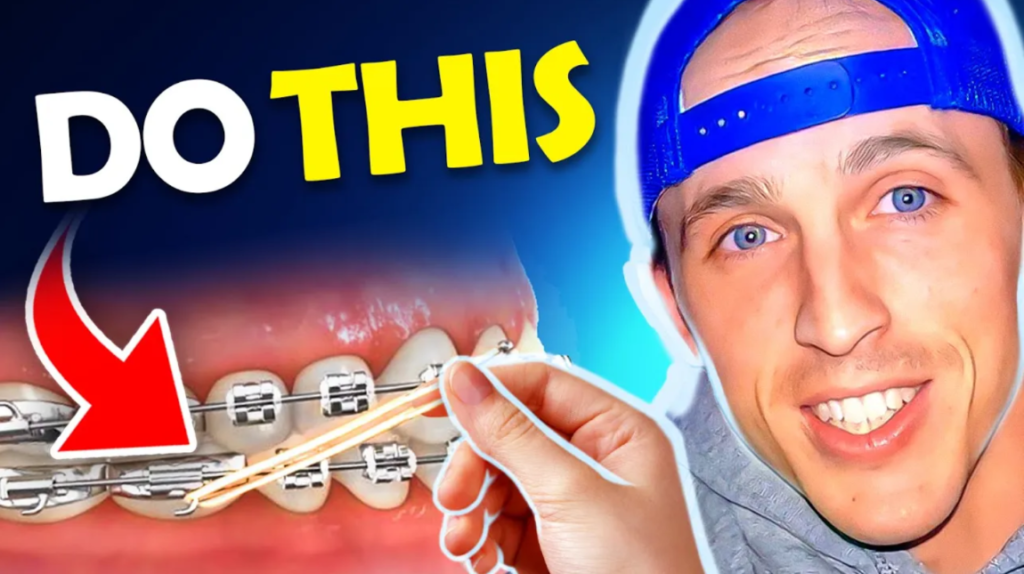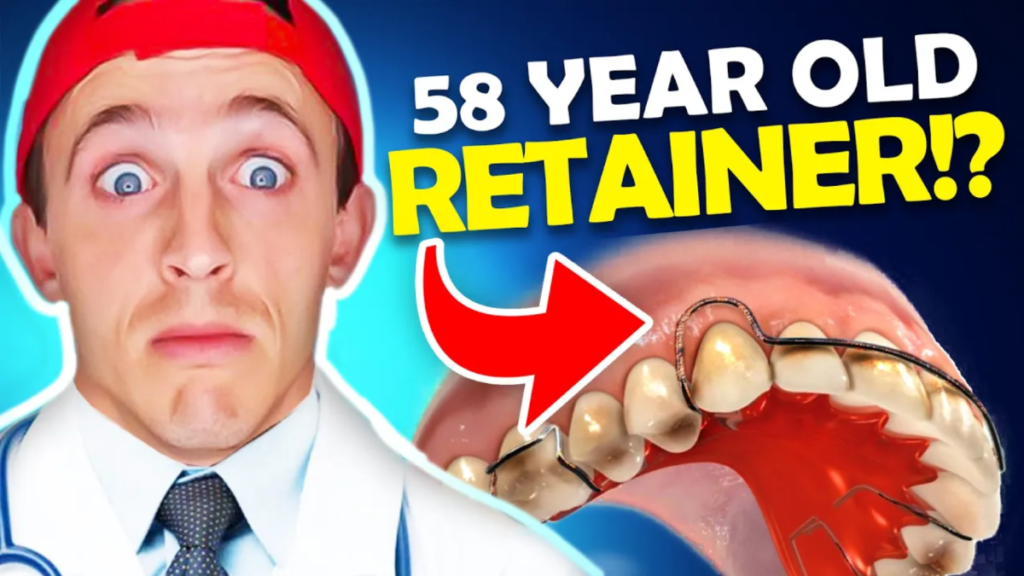Unlocking the Mystery of Maxillary Impacted Canines at Packard Family Orthodontics
October 25th, 2023

Today, we're diving into a topic that concerns those with maxillary impacted canines – those adult canines that are stuck in your bone. If you're dealing with this dental dilemma, you're in the right place. Let's unravel this issue.
In a previous episode, we discussed the enigmatic world of maxillary impacted canines, exploring why they occur and how to address them. But now, we're going to focus on a crucial detail that often escapes the spotlight. You see, when it comes to dealing with these canines, there are several approaches. The most common methods include extracting the impacted canine and considering options like implants, or trying to create space and coaxing it into its rightful place.
But there's a path less traveled, one that might leave you wondering: "What if I do nothing?" Yes, that's right – leaving that impacted canine in place without intervention. While most orthodontists typically advise extracting or repositioning the impacted canine for ideal aesthetics and occlusion, there are situations where the traditional approaches might not be suitable for everyone. This is where understanding the implications of doing nothing becomes crucial.
Leaving the impacted canine unaddressed could lead to two potential outcomes. In the best-case scenario, it peacefully coexists in your jawbone, causing no trouble. However, in the worst-case scenario, it may disrupt the neighboring teeth, like the maxillary lateral incisors, leading to potential root resorption, a severe dental issue. Moreover, it might result in the formation of cysts, bone loss, swelling, or infection, creating even more dental woes.
Furthermore, choosing to leave the impacted canine untouched could make future treatments, such as dental implants or orthodontic adjustments, more challenging and risky. This is because moving the surrounding teeth could potentially put them at greater risk for damage when dealing with the isolated impacted tooth.
Now, it's important to clarify that we're not advocating for laissez-faire dental care when it comes to maxillary impacted canines. However, knowing the potential consequences of not addressing it is crucial. You might end up with less than perfect aesthetics or functionality, and you could limit future dental treatments.
The best way to decide what to do with your maxillary impacted canine is to consult with your local orthodontist. They can assess your unique situation, discuss potential risks and benefits, and provide a tailored treatment plan that suits your needs and goals.
In summary, maxillary impacted canines can be complex, and their management depends on various factors. While some impacted canines may coexist harmlessly in your jawbone, others can lead to significant dental issues. The key is to seek professional guidance and make an informed decision about your dental health.
If you found this information valuable, feel free to contact us for more insights into the world of straight teeth and beautiful bites, or leave a comment if you have any questions or topics you'd like us to cover in future blogs. Remember, your local orthodontist is your best ally on your journey to optimal oral health.







